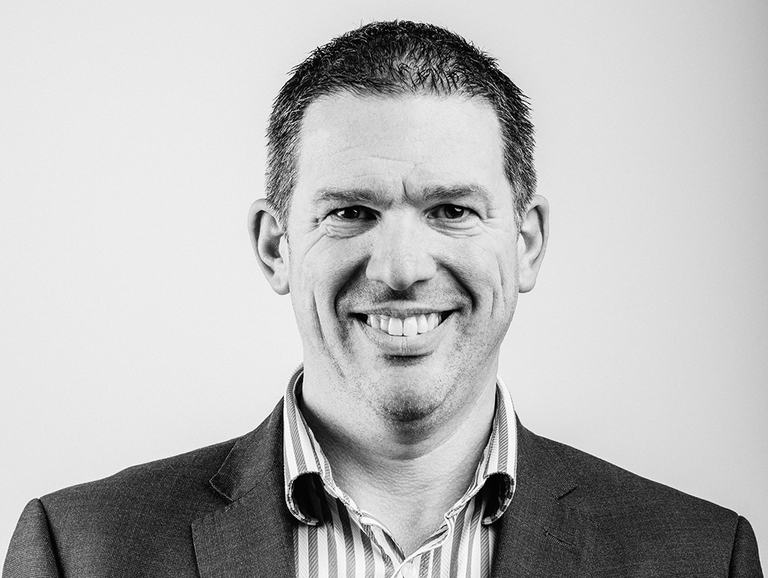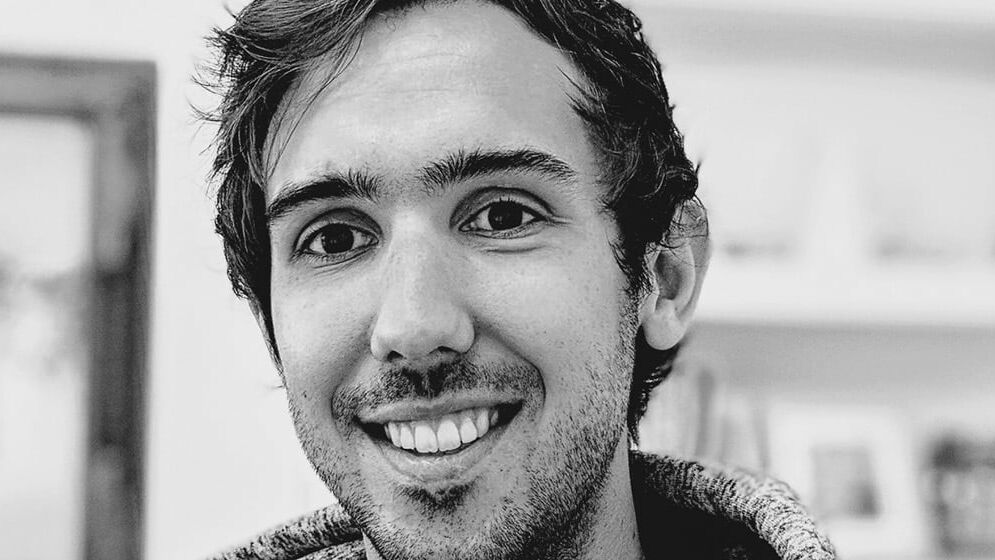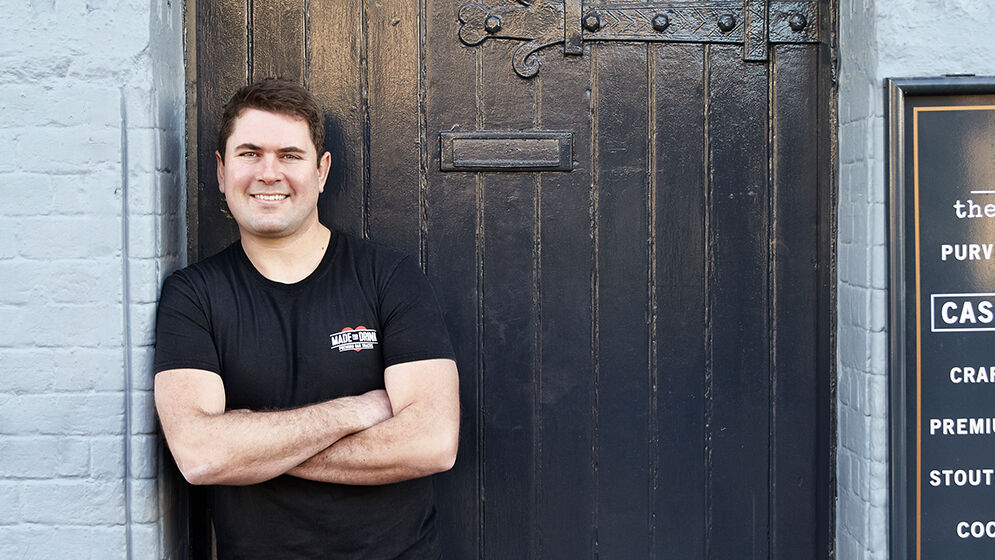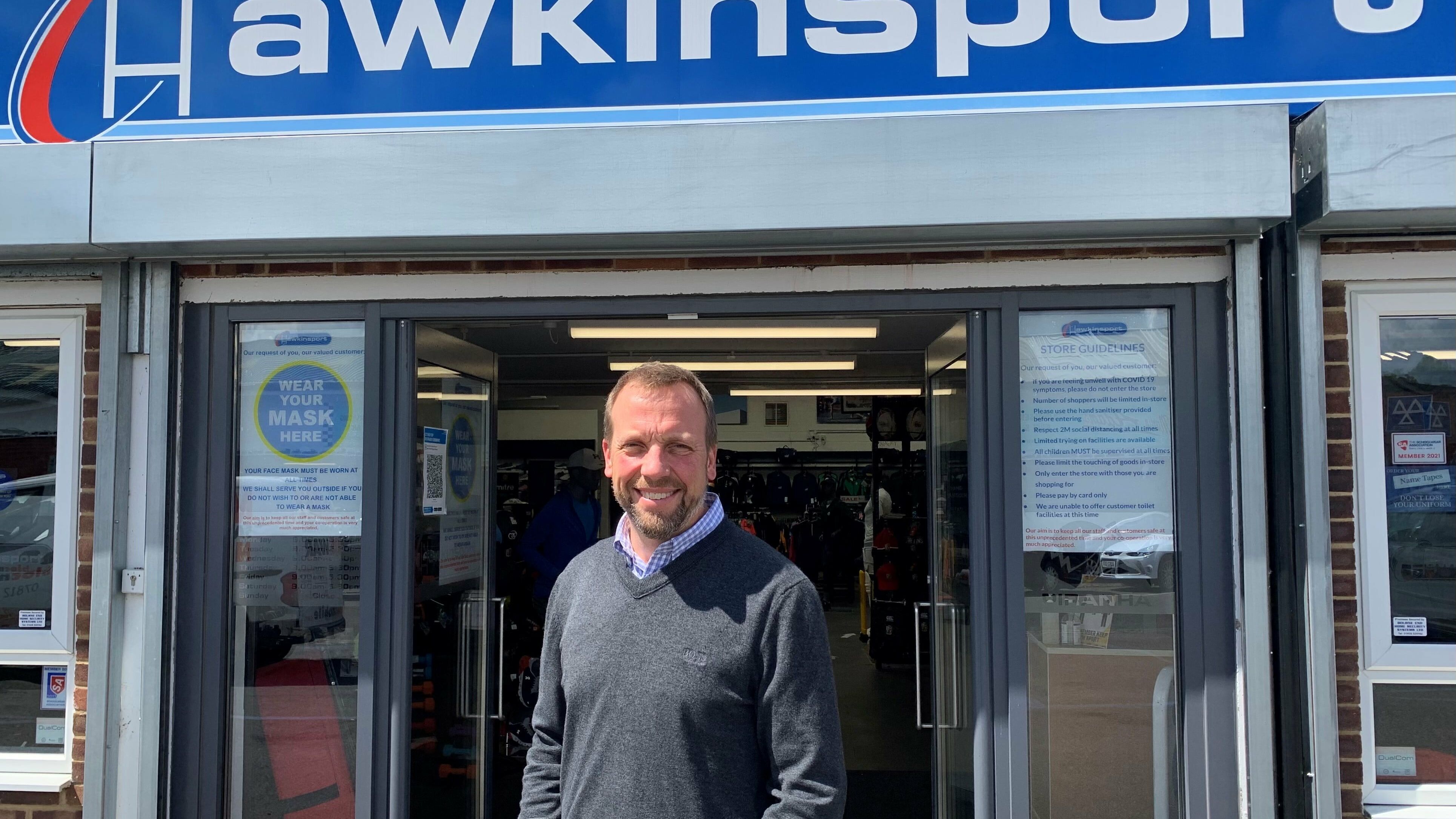
Video Interview: Brand Strategist Andy Lewis on the Most Common Mistakes Brands make
Andy Lewis is the former Marketing Director of Royal Doulton and McClaren Buggies, as well as former Commercial Director of USN Nutrition and MusclePharm. Thinking Business met up with Andy to discuss some of the most common mistakes made by brands when marketing, and the impact the digital world has had on creating brand identity.
1. What would you say are the three most common mistakes made by brands?
Definitely the most common mistake is far too many people don’t think about tomorrow with their brand. I think far too many people don’t think about tomorrow in their business in general, but particularly with their brand and given mobile communication and access to information. Everything else, anything you with your brand today will be there in 5 years time and making decisions for today, be that chasing turnover, being that putting your product into a place where it really shouldn’t be is always going to come back to hurt you. Always, always, always going to come back to hurt you and I would definitely say that is number one.
I quite often like the analogy of comparing your brand to your child because your brand is your child, isn’t it? Your brand is your child, you’ve given birth to it, you love it and you nurture it. You wouldn’t let your child stay up too late today and then rein it in tomorrow- that’s just not going to happen- because a brand is what you can establish. So, if you’re a luxury branded consumer goods item, don’t go into Home Bargains today because you can never ever come out of a Home Bargains. Of course, you can take a product off the shelf, of course you can; but everyone knows it was in there and in today’s day and age you can click a button and find out it was there in the past.
So undoubtedly, whatever your business is, think about your brand like your child. Think about that long term legacy you wish to achieve, and don’t make any decision today you don’t want to have around in 5 years time. If you cannot describe your brand in one word, go away and work on it, until you can. Steve Jobs, I think it was, he said he wanted Apple articulated in one word. He wanted Apple to be lifestyle. I don’t know who it was at McDonalds who said they wanted McDonalds to be convenience, but they sure as heck nailed it. If you cannot describe what your brand means to everybody in one word- people have different interpretations of that word and we’ll get onto that in a minute- you haven’t nailed that brand.
Let’s take an analogy from outside business, let’s go to politics. Always dodgy in an interview isn’t it? 18 months ago, what did Hilary Clinton stand for? One word. What did she stand for? I don’t know, I am not sure she did. I’m a big fan of Hilary Clinton but what did she stand for, what did she mean, how could you describe in one word what Hilary Clinton would bring. You couldn’t. Love or loathe Donald Trump (and I prefer not to express an opinion), we all knew what he stood for and absolutely in one word. He stood for America. Now we can like that, or loathe that, we can describe the way he went about it, we can laugh at baseball caps and everything, but describe your brand in one word- he had that nailed.
So describe your brand in one word, that word must be ubiquitous, it must be a word that means the same to everybody, although also different to everybody. To use the example of McDonalds, convenience always means being convenient. It means convenient in our own terms doesn’t it? So why do I think McDonalds have got it nailed? I don’t go to McDonalds, why do I think McDonalds have got it nailed. If you are a busy working mum, you’ve picked up the kids from school and in a hurry, you can get your meal in McDonalds pretty quickly. It’s not great, you get it pretty quickly, it’s convenient. If you are a busy executive on the road in Germany, you could have a coffee meeting. Catch up with one of your sales guys, have a sales meeting; McDonalds offers free WiFi and they offer really good coffee. They have cornered the market in Germany for businessmen, reps, guys having meetings on the road.
I was the European Marketing Director for Royal Doulton which is a fabulous brand, except when I got there, there wasn’t a fabulous brand, it was about 19 fabulous brands because it was Doulton, it was Doulton home, it was Doulton Luxury, it was Doulton home. It was very confusing. I got rid of all of them. Royal Doulton meant bone china, luxury bone china so we got rid of all the other brands.
Another example of Doulton which harks back to point one. The point about thinking about tomorrow, not today. Royal Doulton was the second most widely recognised brand prompted in a survey in the UK and was the most widely recognised brand prompted inside 30 accessory shops in the UK, when I joined their were making their own label product for other people. Can you believe it? You’ve got a massive brand heritage and you’re making products for other people! So, the first thing when I started, I put a line through all the brand’s top brand and the second thing I did was stop making own label for other people. As you can imagine, it was quite an interesting conversation with the CEO to say I was closing the Marks and Spencers account which was worth five million pounds, two weeks after joining. He said, ‘Well, you can do that as long as you can find the five million elsewhere.’ Well, luckily I did, but even if I hadn’t done, it would still have been the right decision.
2. What’s an area of marketing that you think brand don’t pay enough attention to?
I’m delighted you’ve asked me this one. That’s very easy. People, people. People are a massive part of your brand and I don’t just mean people need to understand all about your brand values and understand what they mean, but particularly appearance. Appearance- personal appearance is in my opinion, the most underestimated part of every single brand’s communications. And that’s true, whether you are brand which faces the public, or faces your competition, or is B2B, or lives only online. How your people look and how your people convey your brand is a massive, massive, massive thing.
I don’t shop in Boots, I have to say, other chemists are available, but Boots in my opinion are a business that have got this one absolutely bang-on. Not only is everyone ins their stores, from the Saturdays Only to the very Senior Store Managers immaculately turned out, but they look like they belong to the Boots brand. I am not making a personal judgement here in terms of size, gender or anything else. They ooze professional competence, they know what they are talking about, they walk purposefully, they are dressed purposefully, they look like their brand. By contrast, we can all think of certain retailers who’ve got this one completely wrong. It makes a massive difference. Within 30 seconds of walking into the foyer of most business’s head offices, you can tell whether the brand has really got it nailed or not because of how people come across to you. Just putting someone in a branded t-shirt is not nailing the public face of your brand. In fact, in many ways, it is hiding it. You are assuming that if you put someone in your t-shirt that they belong to your brand. Certain businesses have really got this nailed. Boots would be one, some excellent professional services businesses- we’re in one today- who’ve got it nailed. It’s a massive topic.
3. How has the Digital World affected the role of brand?
It’s probably made brands both more, and harder and easier to communicate, but it has not at all affected what a brand is. One of my favourite sayings in all the world is ‘Marketing is not an output solution’ and ‘Digital Marketing is not an output solution. Put another way, what you are using digital for is to convey the message of your brand- you are just using different tactics to communicate it using a Tweet or Snapchat or a Facebook post, or… other social media facilities are available. And if you are using printed tactile collateral, you are displaying the same message. If you design an exhibition stand, you’re also conveying the same message.
So, digital is, of course, massively important- it’s not something I do a lot of myself, I have to say because that’s a brand judgement of mine. My brand is best communicated via other tactics and I have actually sat in meetings with the digital guy, the collateral guy and the exhibition guy. We discussed the messages we want to communicate, what we want to share about our brand and I got up and left because the guys who are responsible for tactics are much better at deciding what it looks like than me. They’re all singing off the same page so it will look consistent. So marketing is not output solution, one of my biggest beefs with both the digital world and the exhibition world is they’re far too hung up with what they do, and not why it is being done. I have actually had exhibition stands for clients and indeed myself. I haven’t liked personally, but they’ve been perfect for the brand. I don’t like some of the things that are possible in Digital, I like some of the others but they are perfect for communicating around.
Long-winded answer to your question, ‘How is Digital Marketing changed the role of brand?’ It hasn’t changed it at all. It has just made it easier and harder to communicate.
[Transcript]
Guide to selling your business
Your simple guide to helping you maximise the value in your business.





